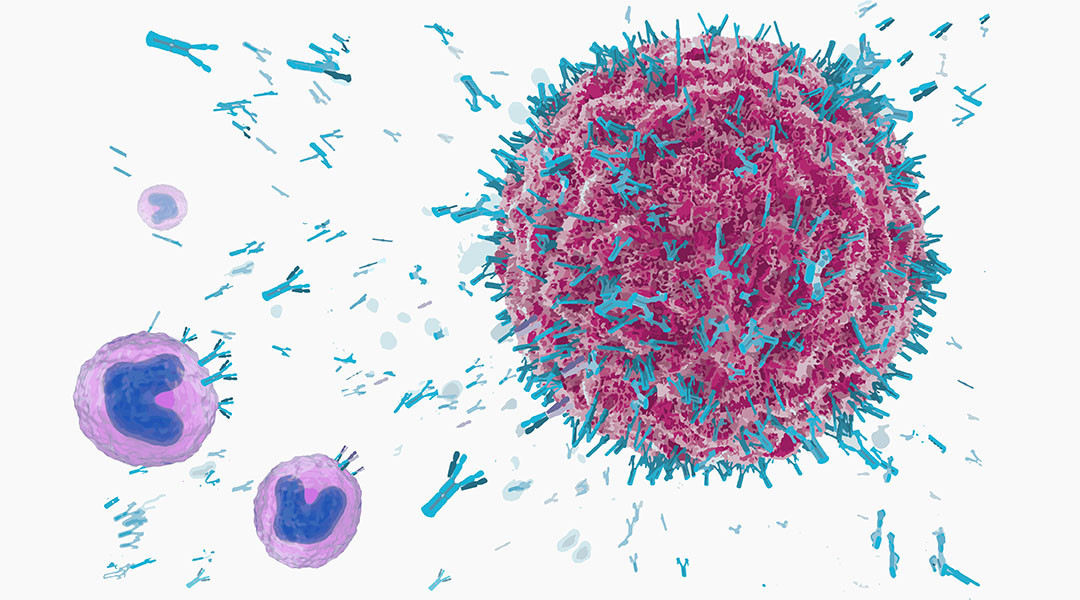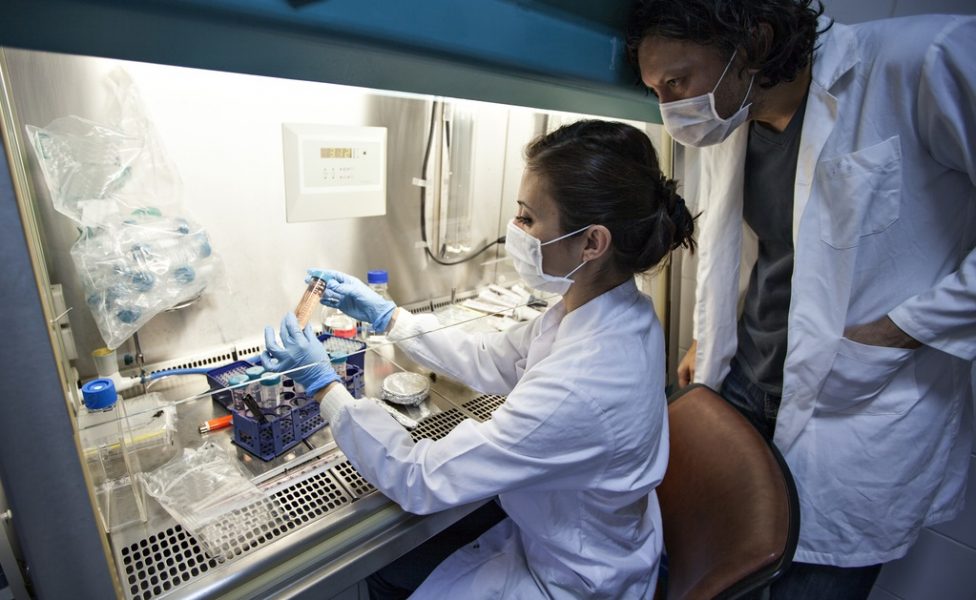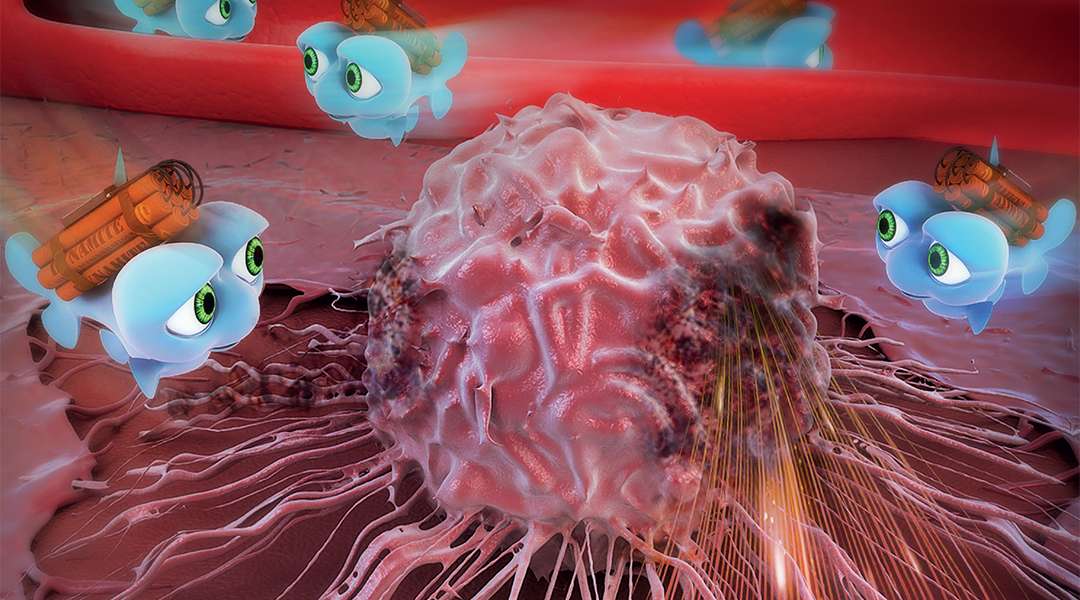The immunoglobulin G scaffold can be engineered to increase stability, improve efficacy, and allow novel functionality as a potent anti‐cancer therapeutic.


The immunoglobulin G scaffold can be engineered to increase stability, improve efficacy, and allow novel functionality as a potent anti‐cancer therapeutic.

A fundamental challenge in the study of cancer biology is to uncover molecular mechanisms that lead to malignant cellular transformation.

Multimodal imaging for guided injection and positioning of eccentric magnetic microcapsules with electromagnetically controlled drug release.

A team of researchers from China combined AC and SERS technologies to develop a novel method for urinary modified nucleoside detection as a tool for cancer screening.
Novel findings suggest that miR‐146a‐5p may be useful as a noninvasive biomarker and as a targeted therapeutic in several cancers.

Self-assembling protein nanoparticles that target the mitochondria and rapidly accumulate in tumors have potential for combination therapies.
![Click-to-Sense Probe for Breast Cancer Surgery [Video]](https://www.advancedsciencenews.com/wp-content/uploads/2019/02/advs201801479_ASN_image.jpg)
Acrolein produced by cancer cells can be detected within five minutes, allowing for rapid diagnosis of cancer morphology during breast-conserving surgery.
![Linking Cancer Cells to Parent Cells [Video]](https://www.advancedsciencenews.com/wp-content/uploads/2019/01/smll201802358_ASN_image.jpg)
A single-molecule immunolabeling and co-immunoprecipitation method may lead to improved, personalized cancer treatment.

New research from India shows that vitamin E may prove beneficial to alleviate chemotherapy associated side effects in cancer patients.

A team of researchers from China set up a study that gives new insights in using plasma in breast cancer treatment.